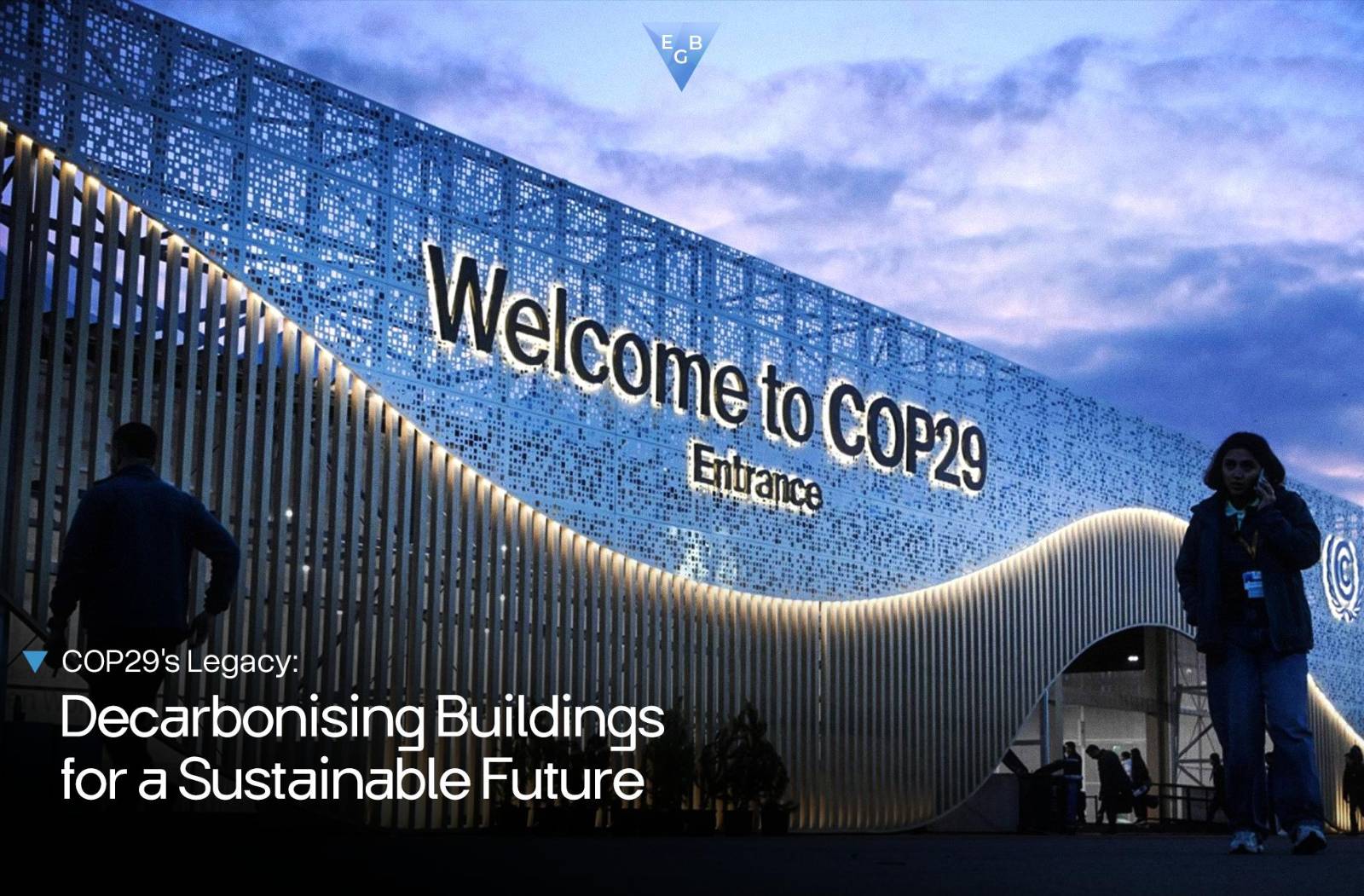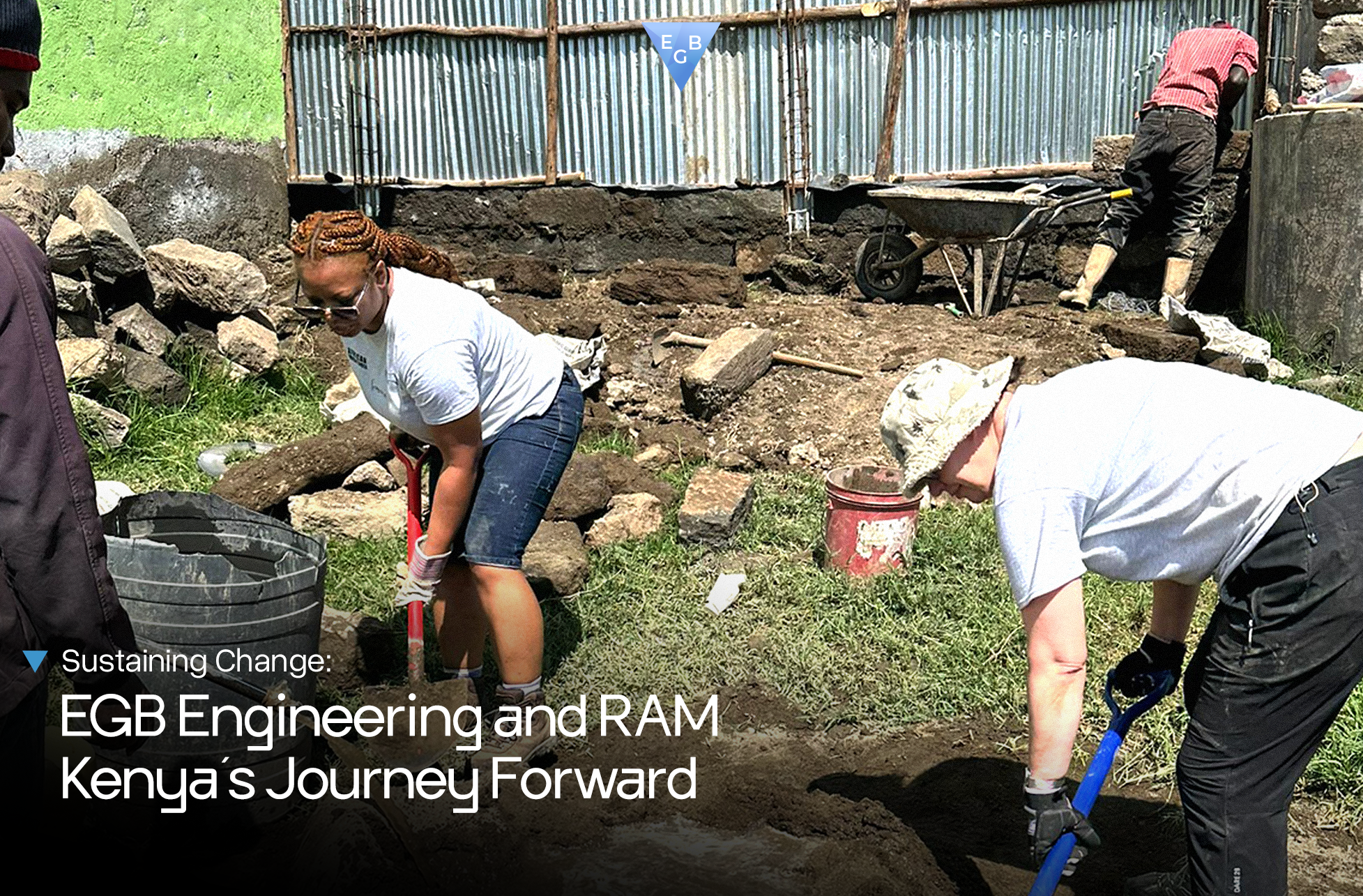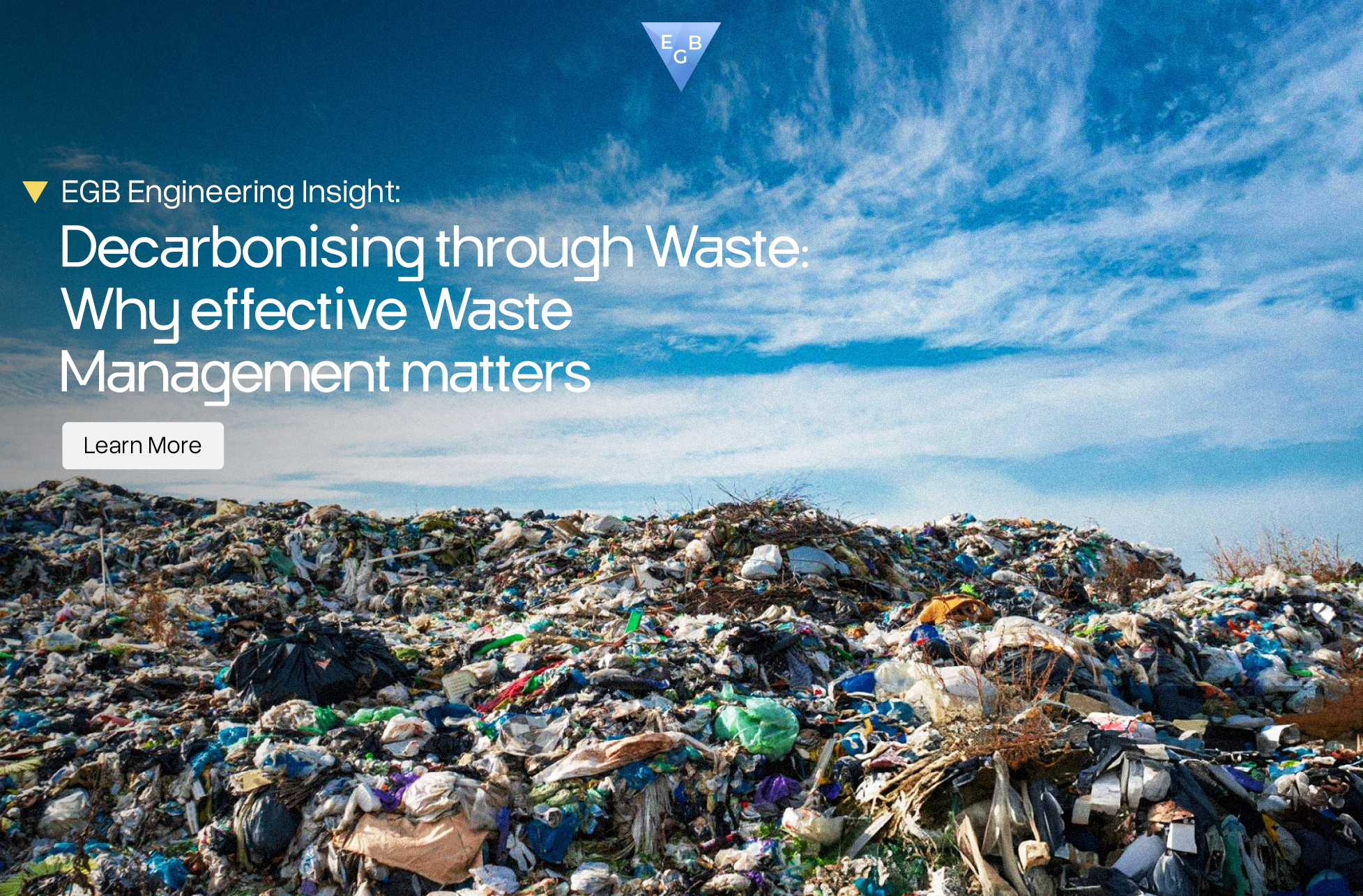
The Future Of Sustainable Smart Cities
Urbanisation has become a global trend, with half of the world’s population relocating to cities. The trend is expected to rise. The rapid growth of the world’s population has put pressure on countries to regulate and manage urban resources. Cities offer the most opportunities, act as catalysts for social change, promote innovation, have a well-connected infrastructure, and are quick to adopt new technology. They also have the ability to scale up.
However, these cities face challenges such as managing urban waste, conserving fossil fuels, providing accessible and timely healthcare, ensuring efficient traffic management, and ensuring governance transparency. These concerns spawned the Sustainable Smart City (SSC), an innovative, technology-based, and environmentally friendly urban space.
WHAT IS A SUSTAINABLE SMART CITY?
According to the UNECE, an SSC is defined as an “innovative city that uses ICTs (Information and communication technology) and other means to improve quality of life, the efficiency of urban operation and services, and competitiveness, while ensuring that it meets the needs of present and future generations concerning economic, social, environmental as well as cultural aspects.”
In other words, SSC uses technology to keep track of its community and provide long-term, cost-effective solutions. SSC uses technology to monitor its community and provide urban spaces with sustainable and affordable solutions. To support applications and services in urban areas, the successful deployment of SSCs necessitates a stable, secure, interoperable, and reliable telecommunication network.
So what makes a City Smart?
Data and digital technology are used in smart cities to help residents make better decisions and improve their quality of life. More comprehensive, real-time data allows agencies to keep track of events as they happen, understand how demand patterns are shifting, and respond with faster, lower-cost solutions.
A smart city is comprised of three layers that work in tandem to ensure its smooth operation:
- The first is the technological foundation, which consists of a critical mass of smartphones and sensors linked together by high-speed communication networks.
- Specific applications make up the second layer. The right tools are needed to turn raw data into alerts, insight, and action, which is where technology providers and app developers come in.
- The third layer is usage by cities, businesses, and the general public. Many applications are only successful if they are widely adopted and successfully change behaviour. They encourage people to use public transportation during off-peak hours, to switch routes, to use less energy and water at different times of day, and reduce healthcare system strains through preventive self-care.
THE UNTAPPED POTENTIAL OF SMART CITIES FOR IMPROVING THE QUALITY OF LIFE
Research shows that smart-city applications might affect various aspects of quality of life, such as safety, time and convenience, health, environmental quality, social connectedness and civic participation, jobs, and living costs. Studies show a wide range of results, reflecting that applications perform differently depending on factors like legacy infrastructure systems and baseline starting points from city to city.
RENEWABLE ENERGY: THE ANCHOR TO SUSTAINABLE SMART CITIES
Solar and wind are two energy sources that smart cities are interested in deploying to meet their goals. Wind and solar power are being embraced around the world as they reach price and performance parity with conventional energy sources, assist in grid cost-effectiveness, and become more valuable assets as storage costs fall and other new technologies emerge.
These renewable energy sources are now the closest to meeting the growing demand for reliable, affordable, and environmentally friendly energy sources. As a result, renewables have surpassed fossil fuels as the preferred energy source for major consumers like cities.
Corporations, which procured record amounts of renewables in 2018, are another important consumer for cities. Unlike most other energy sources, wind and solar power can be used within and by the city.
Finally, solar and wind power are citizen and customer-centred energy sources because many residents and businesses demand these renewables and are increasingly empowered to install them on their properties and buildings, or invest in solar and wind energy projects or power through community energy initiatives.
FUTURE OF SUSTAINABLE SMART CITIES
Solar and wind resources play a critical role in smart city plans. Sustainable Smart Cities are the forerunners, laying out a path for all smart cities to follow as they work toward people-centred goals. SSCs are strategically positioned to leverage their shared interest in renewables with utilities to more quickly achieve these goals, with solar and wind already in their energy mix and more on the way.
Generally, an SSC shows the variety of initiatives that are being implemented or considered, along with the various roles that utilities can play in initiating, shaping, or participating in them in collaboration with other service and technology providers.
SSCs are cities that have a vision for the future that includes renewable energy and smart initiatives. It must also have installed solar and/or wind power (at least 1% of its city’s energy mix) and plan to do so in the future. If solar and wind power accounts for less than 10% of the energy mix, the city must set a renewable energy or decarbonisation goal; (note that some of these targets may involve renewables other than wind and solar; in the case of decarbonisation targets, non-renewable energy sources such as nuclear power).
Adelaide, Australia, has the highest percentage of solar and wind power as of right now, 42.2 %. Currently, renewables make up 10.2% of the energy mix in London, UK. It will increase this share by 4.4% by 2027 by aiming for a 60% reduction in CO2 for that year.
ABOUT EGB ENGINEERING
EGB Engineering is a global engineering consulting firm specialising in sustainable energy solutions, power and propulsion systems. We work in the energy, aerospace, and nuclear industries, providing clients with sustainable and renewable engineering products and services.




